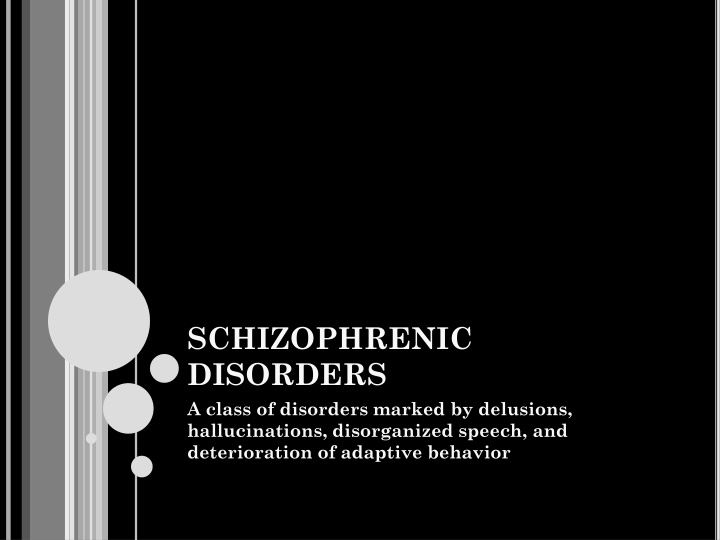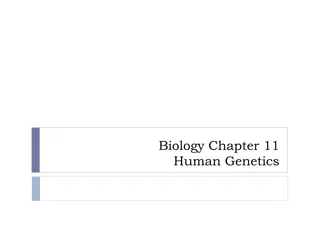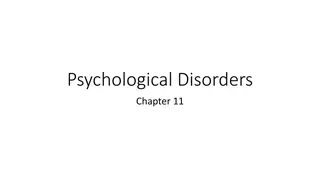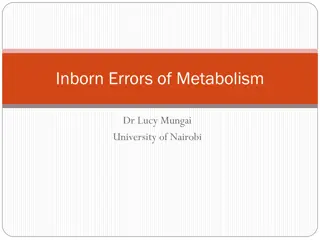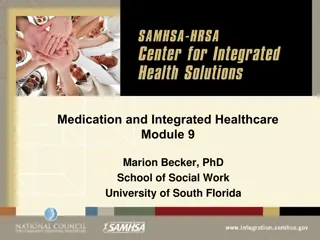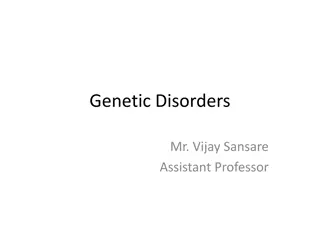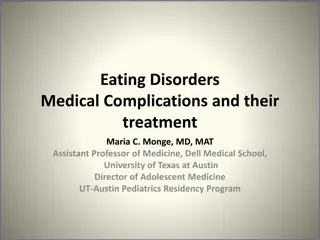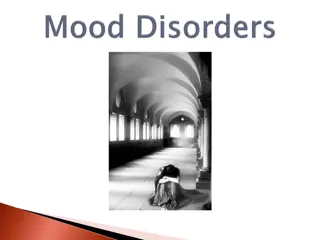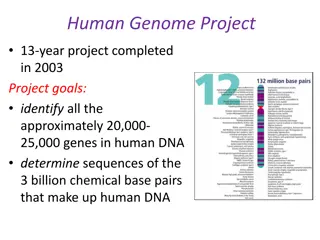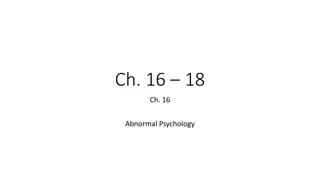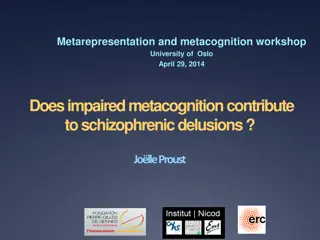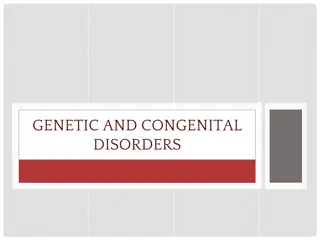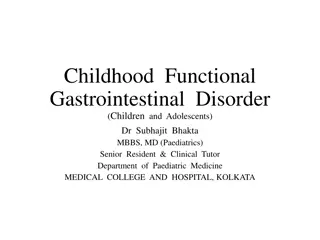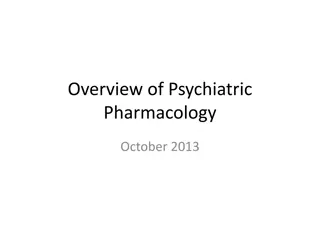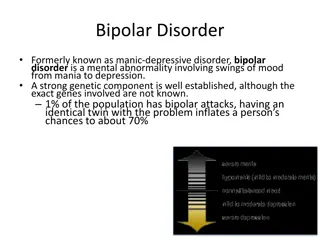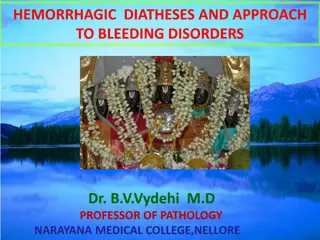SCHIZOPHRENIC DISORDERS
A class of disorders characterized by delusions, hallucinations, disorganized speech, and adaptive behavior deterioration. Explore symptoms, subtypes, positive vs. negative symptoms, course, outcome, genetic vulnerability, and neurochemical factors of schizophrenia.
Download Presentation

Please find below an Image/Link to download the presentation.
The content on the website is provided AS IS for your information and personal use only. It may not be sold, licensed, or shared on other websites without obtaining consent from the author.If you encounter any issues during the download, it is possible that the publisher has removed the file from their server.
You are allowed to download the files provided on this website for personal or commercial use, subject to the condition that they are used lawfully. All files are the property of their respective owners.
The content on the website is provided AS IS for your information and personal use only. It may not be sold, licensed, or shared on other websites without obtaining consent from the author.
E N D
Presentation Transcript
SCHIZOPHRENIC DISORDERS A class of disorders marked by delusions, hallucinations, disorganized speech, and deterioration of adaptive behavior
GENERAL SYMPTOMS Delusions and irrational thoughts Delusions are false beliefs that are maintained even though they clearly are out of touch with reality Delusions of grandeur Deterioration of thought Deterioration of adaptive behavior Hallucinations: sensory perceptions that occur in the absence of a real, external stimulus or are gross distortions of perceptual input Disturbed emotion
SUBTYPES Paranoid type: dominated by delusions of persecution, along w/delusions of grandeur Catatonic type: striking motor disturbances, ranging from muscular rigidity to random motor activity Disorganized type: particularly severe deterioration of adaptive behavior Undifferentiated type: idiosyncratic mixtures of schizophrenic symptoms
POSITIVE VS. NEGATIVE SYMPTOMS Negative symptoms involve behavioral deficits, such as flattened emotions, social withdrawal, apathy, impaired attention, and poverty of speech Positive symptoms involve behavioral excesses or peculiarities, such as hallucinations, delusions, bizarre behavior, and wild flights of ideas
COURSE AND OUTCOME Schizophrenia usually emerges during adolescence or early adulthood Emergence may be sudden or gradual Mild disorders are usually successfully treated For some, it is chronic and permanent hospitalization is required Males tend to have earlier onset, relapse, and more hospitalizations
ETIOLOGY OF SCHIZOPHRENIA
GENETIC VULNERABILITY Strong evidence to support hereditary influence Identical twin concordance rates at about 48% Born to two schizophrenic parents---46%
NEUROCHEMICAL FACTORS Excess dopamine is a possibility Possible interaction between dopamine and serotonin
STRUCTURAL ABNORMALITIES IN THE BRAIN CT scans and MRIs show enlarged brain ventricles in schizophrenic patients A smaller thalamus may play a part Psychs don t know if these are cause or effect of schizophrenia
NEURODEVELOPMENTAL HYPOTHESIS Schizophrenia is caused in part by various disruptions in the normal maturation processes before or at birth Studies focus on viral infections
EXPRESSED EMOTION Focuses on family dynamics influence the course of schizophrenia Expressed emotion is the degree to which a relative of a schizophrenic patient displays highly critical or emotionally overinvolved attitudes toward the patient
PERSONALITY DISORDERS A class of disorders marked by extreme, inflexible personality traits that cause subjective distress or impaired social and occupational functioning
PERSONALITY DISORDERS DSM-IV lists ten disorders clustered into 3 main groups: 1) Anxious-fearful 2) Odd-eccentric 3) Dramatic-impulsive
DIAGNOSTIC PROBLEMS Personality disorders tend to overlap one another Current revisions are underway for the new DSM-V, set to be published in 2013
ANTISOCIAL PERSONALITY DISORDER DEF: marked by impulsive, callous, manipulative, aggressive, and irresponsible behavior that reflects a failure to accept social norms Lack a conscience More common among males Seen in 3-4% of pop.
ETIOLOGY May be a genetic disposition Inherited sluggish autonomic systems Inadequate or dysfunctional family systems may be a cause
PSYCHOLOGICAL DISORDERS AND THE LAW
INSANITY DEF: a legal status indicating that a person cannot be held responsible for his or her actions because of mental illness M naghten rule: insanity exists when a mental disorder makes a person unable to distinguish right from wrong
INVOLUNTARY COMMITMENT DEF: people hospitalized in psychiatric facilities against their will Criteria: 1) people are dangerous to themselves 2) dangerous to others 3) treatment is needed
ARE EQUIVALENT DISORDERS FOUND AROUND THE WORLD? Severe disorders are pancultural Culture-bound disorders: abnormal syndromes found only in a few cultural groups Koro, windigo, anorexia nervosa
